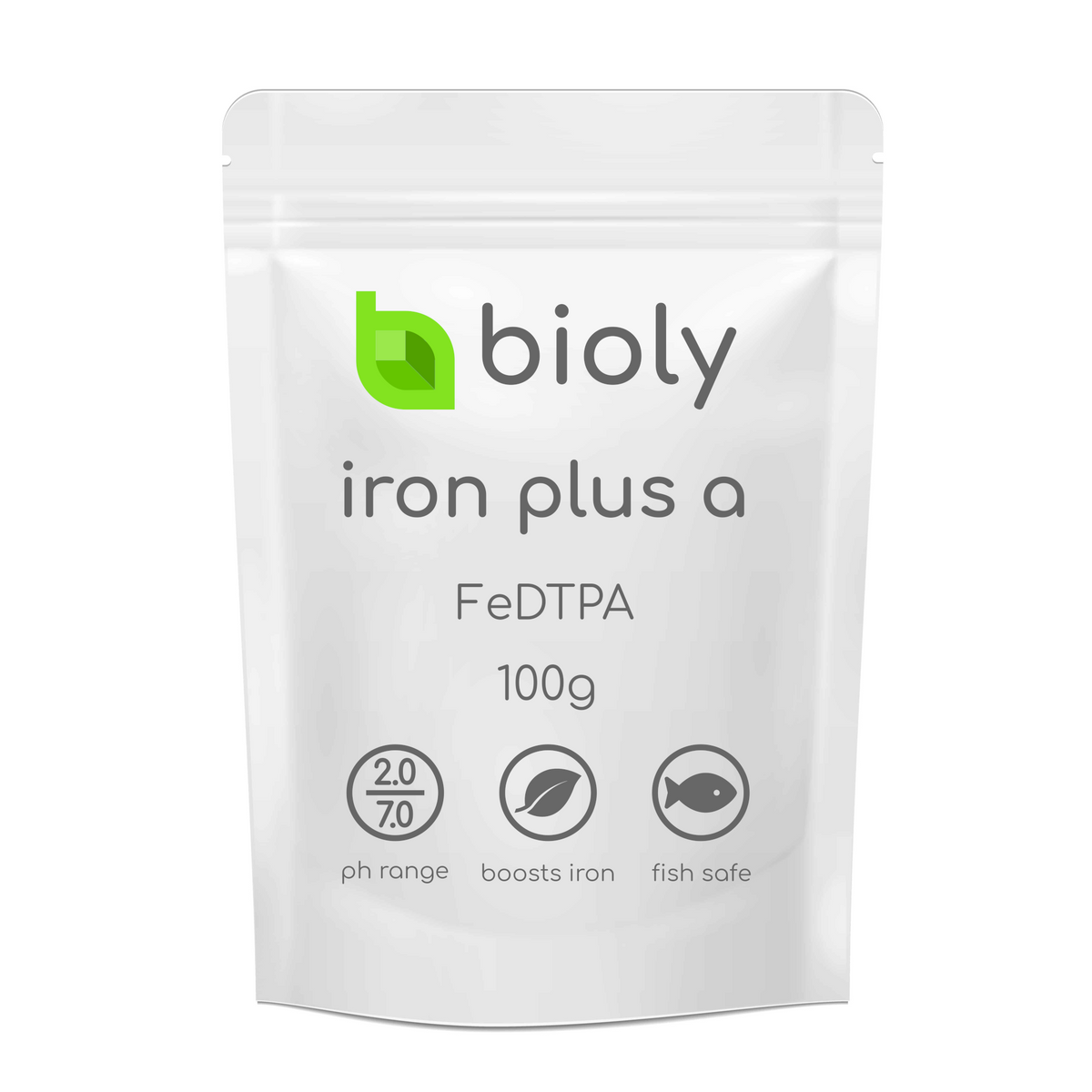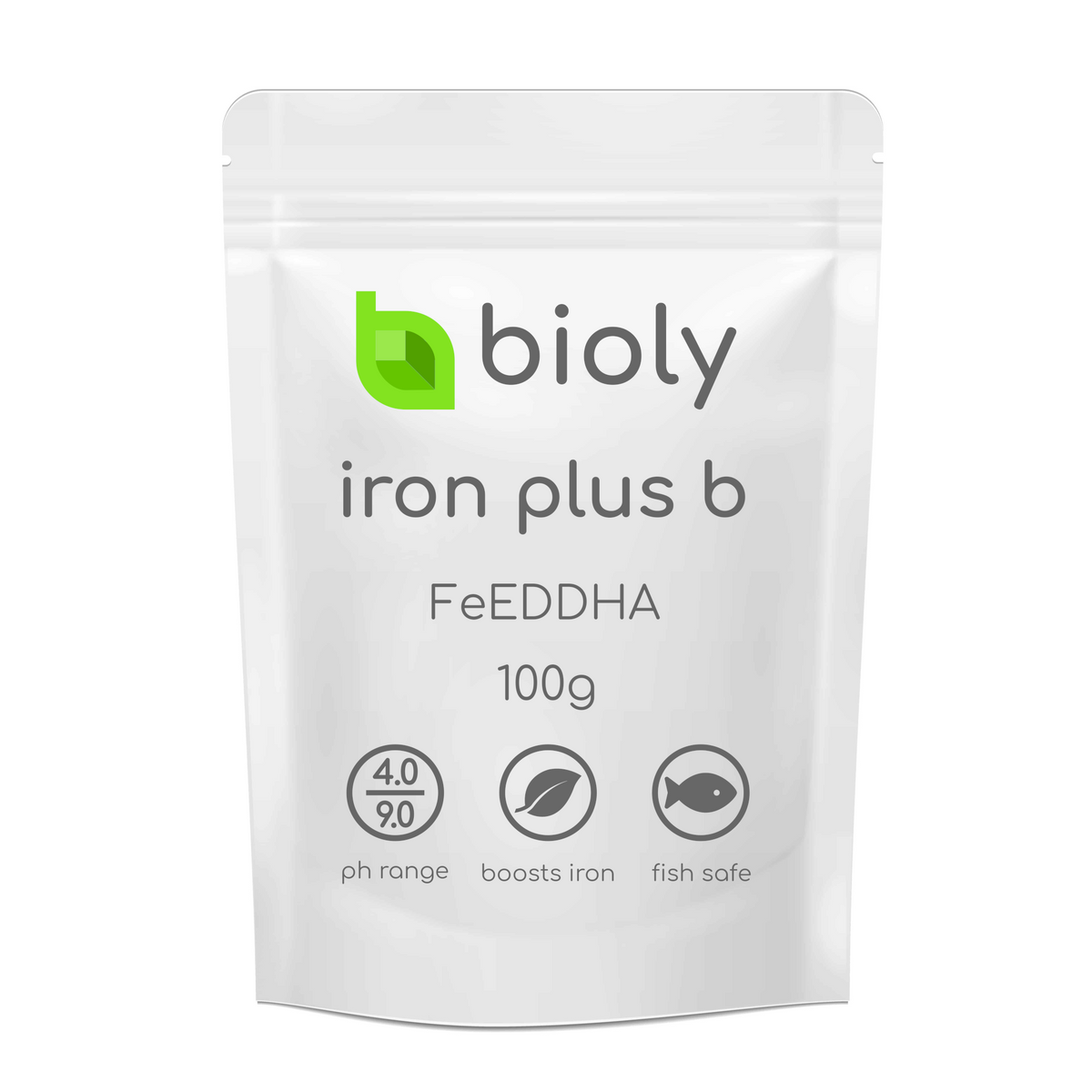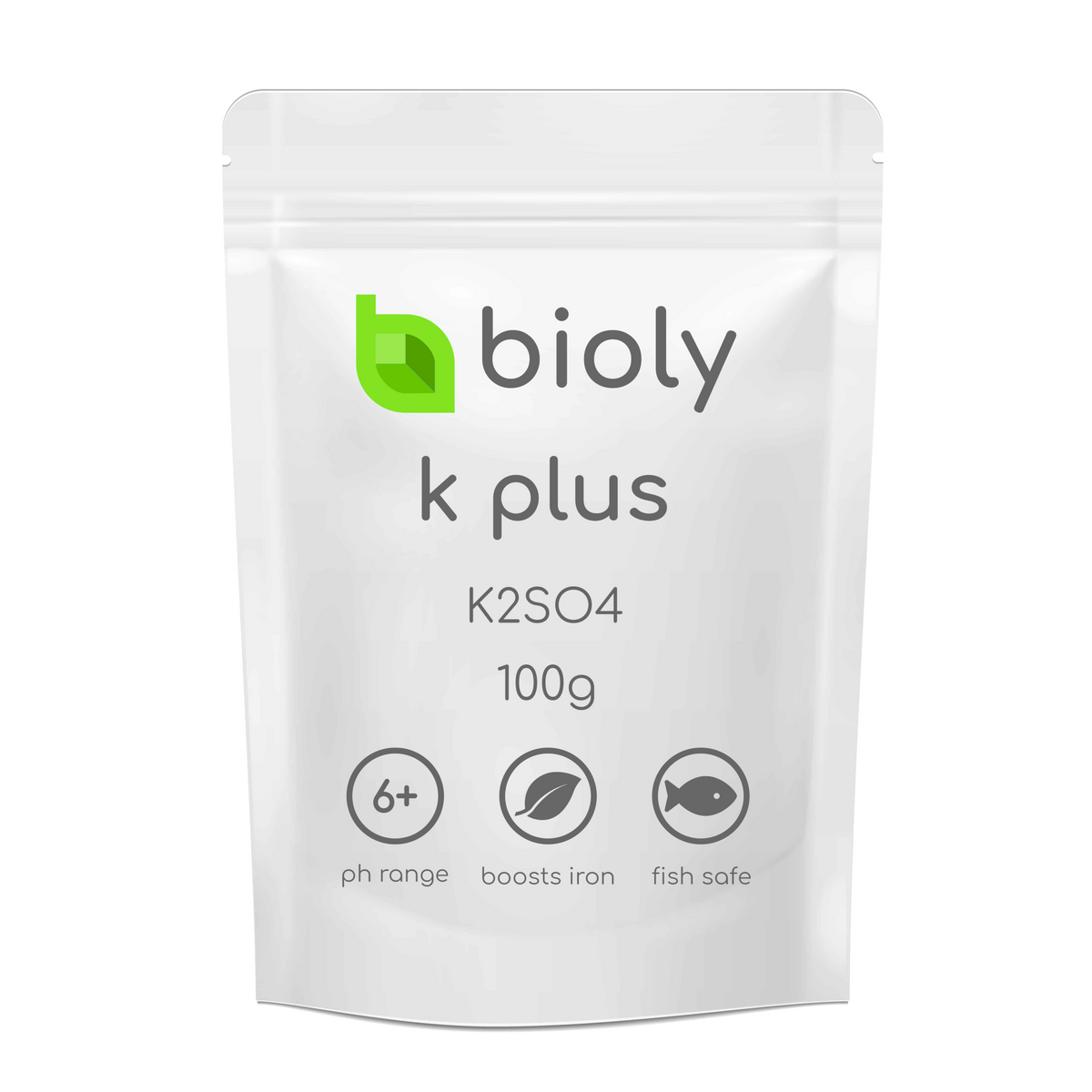Hi Keith
@keef321
Thank you for your input!
I was going to buy iron plus a, FeDTPA from bioly via eBay. I didn't fancy the pink hue with FeEDDHA. Do you see any benefit of plus b over plus a?
Also please share your mixing/dosing/water change routine.
Many thanks
Dave
I am still experimenting myself with the best iron mix. As I had very bad Fe deficiencies, I started with DTPA only at first, and this made great improvements, but I would still got issues. I then added Flourish Iron, that showed more improvements, and finally EDDHA. My Frogbit has greened up the most with the mix of all three. I now also have some of the best greens in the tank so far, but some of this could be from improving Co2 flow. From my experience, I dont see any benefits (my mind my change with experience) dosing higher than 1ppm Fe of correctly chelated iron (I ignore any amount of EDTA that may already be present) that is suitable for your water/PH, but I do get benefits by mixing the different Fe chelates. I am still experimenting myself with Iron dosing. I currently dose 0.5ppm DTPA, 0.5ppm Seachem Iron & 0.03ppm EDDHA. More can be found about this, and others experiences in this thread
Plant deficiencies and the Fe Experiment .
In regards to how I dose / mix the EDDHA, this can be found here
How to mix FeEDDHA
My water change schedule is as follows:
I dose to full EI levels using an All-in-One (TNC Complete), and carry out 75-80% water change per week.
I have found it best to dose my Iron on separate days to my All-in-one fertiliser (or for yourself perhaps dose on different days to your Macros) , and to dose when my lights come on, as I know that at this point the PH has dropped enough, to give the plants the best chance of uptaking the Iron.
So for me I do the following:
Sunday 75% Water Change - then dose iron (I find the plants can store sufficient amount of other nutrients, but they dont like to go without iron for very long, literally days, therefore I need to put it straight back into the water).
Monday - dose all in one / Macros
Tuesday - dose iron
Wednesday - dose all in one / Macros
Thursday - dose iron
Friday - dose all in one
Saturday - rest day
If I do another mid-week water change etc, due to algae issues etc, I would then add back some iron.
Keith
. They have a powder FE DTPA as well. Bioly were a bit slow to deliver to me, but it got to me eventually.










